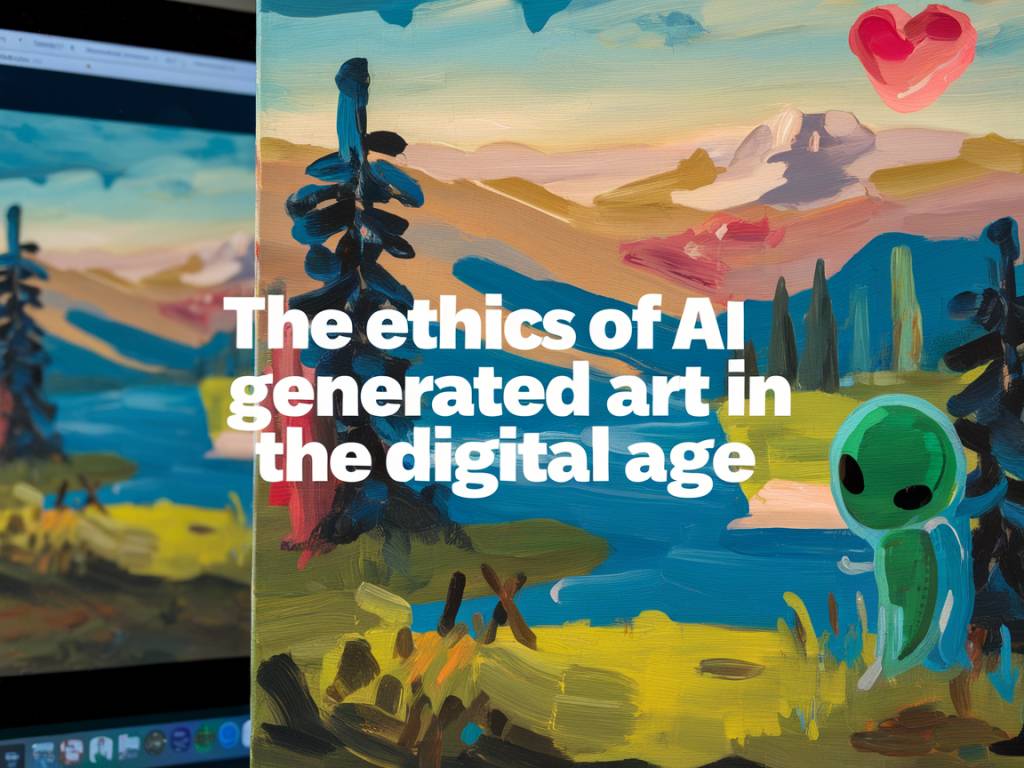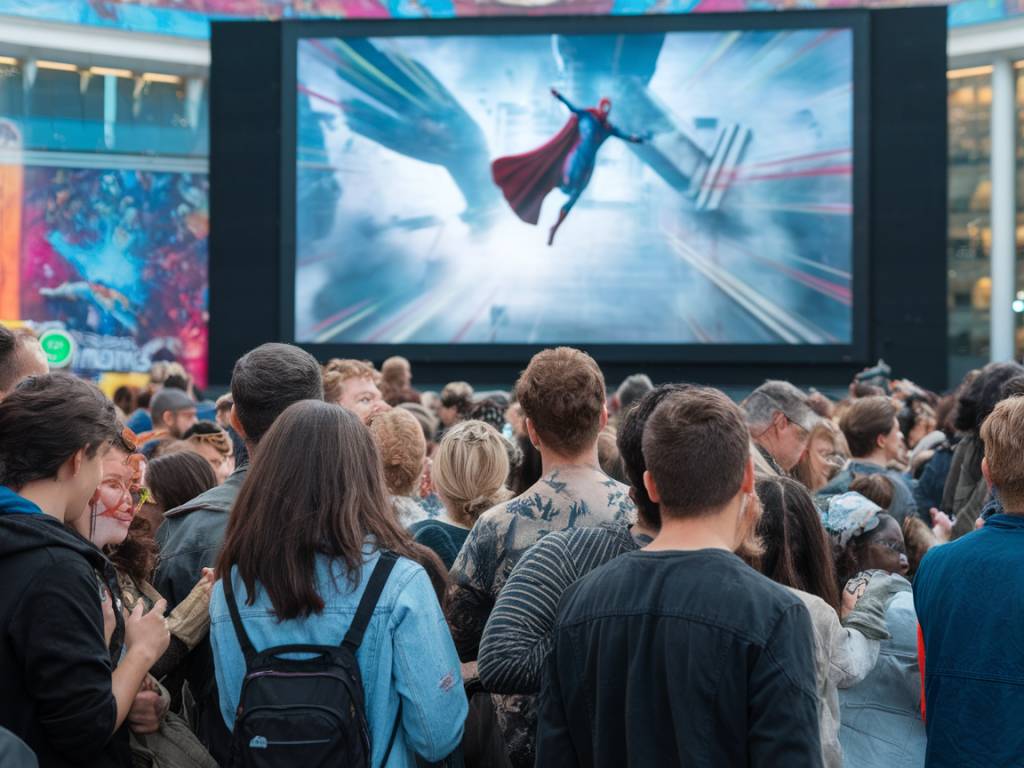Understanding the Intersection of Cultural Trends and Fashion
Fashion has always been a reflection of society. Over the decades, cultural trends have played a pivotal role in shaping the fashion industry. From the roaring twenties to the rebellious sixties, the significance of societal shifts in the fashion world is undeniable. This article delves deep into how contemporary cultural trends are influencing fashion choices today.
The Rise of Sustainability in Fashion
One of the most significant cultural movements influencing fashion today is the growing concern for environmental sustainability. Consumers are increasingly aware of the impact their choices have on the planet. As a result, there is a rising demand for sustainable fashion. Brands are responding by adopting eco-friendly practices and materials, such as:
- Recycled fibers
- Organic cotton
- Minimal waste production
These eco-conscious initiatives appeal to a broad audience, especially millennials and Gen Z, who are particularly passionate about environmental issues. The push for sustainability is not just a trend; it is becoming a new standard in the fashion industry.
Influence of Social Media and Digital Platforms
In today’s digital age, social media platforms like Instagram, TikTok, and Pinterest are monumental in shaping fashion trends. Influencers and celebrities have a potent impact on fashion choices, often more so than traditional advertising. Key trends driven by social media include:
- Fast fashion
- DIY fashion tutorials
- Interactive virtual fashion shows
This democratization of fashion has enabled niche trends to gain widespread popularity rapidly. The instantaneous nature of social media means that a trend can go from obscure to mainstream in a matter of days.
Embracing Diverse Aesthetics and Inclusivity
Another pivotal cultural shift is the growing emphasis on diversity and inclusivity in fashion. Historically, the industry has often been criticized for its lack of representation. Today, there is a concerted effort to be more inclusive. This is evident in:
- Inclusive sizing
- Culturally diverse models
- Gender-neutral clothing lines
Brands that embrace these values are not only contributing to a more equitable society but also appealing to a broader consumer base. Inclusivity is no longer a mere marketing strategy; it is an essential ethos for contemporary fashion brands.
The resurgence of Vintage and Retro Styles
As the saying goes, « Old is Gold. » Vintage and retro styles are making a significant comeback, driven by a blend of nostalgia and a desire for unique, timeless pieces. Several factors contribute to this trend:
- Nostalgia for past decades
- Second-hand shopping and thrift stores
- Customizable and unique fashion statements
Vintage fashion not only offers a break from the homogeneity of mass-produced clothing but also aligns with sustainable practices by promoting the reuse and recycling of garments.
Impact of Globalization and Cultural Exchange
Globalization has made the world more interconnected than ever, providing a platform for cultural exchange and influencing fashion trends across borders. This cross-pollination of ideas results in:
- Fusion of different cultural styles
- Rise of global fashion weeks
- Popularity of ethnic and traditional attire in mainstream fashion
Fashion houses and designers draw inspiration from a myriad of cultures, creating collections that are a mosaic of global influences. This fusion not only enhances creativity but also fosters a deeper appreciation for cultural diversity.
Technological Advancements in Fashion
Technological innovations are revolutionizing the fashion industry, giving birth to trends that were unimaginable a few decades ago. Technology’s influence can be seen in:
- 3D printing in garment creation
- Smart textiles and wearable technology
- Virtual reality and augmented reality in retail
These advancements not only enhance the functionality and aesthetic appeal of fashion but also offer personalized shopping experiences. As technology continues to evolve, its integration with fashion will likely become even more profound.
Streetwear and the Influence of Youth Culture
Streetwear has emerged as one of the most dominant trends in contemporary fashion, heavily influenced by youth culture and urban environments. This trend is characterized by:
- Casual, comfortable clothing
- Bold and edgy designs
- Collaborations with artists and musicians
The appeal of streetwear lies in its accessibility and its reflection of the dynamic, ever-changing urban landscape. It has grown from a niche market to a mainstream fashion phenomenon, driven by a younger generation eager to express their individuality.
The Role of Fashion in Social and Political Statements
Fashion is not just about aesthetics; it is a powerful medium for social and political expression. Designers and consumers alike use fashion to make statements about various issues, including:
- Gender equality
- Racial justice
- Environmental activism
These statements are often manifested through slogan tees, symbolic accessories, or entire collections dedicated to a cause. This trend underscores the evolving role of fashion as a platform for advocacy and change.
In conclusion, the intricate relationship between cultural trends and fashion is more apparent than ever. As society evolves, so does the fashion industry, continuously reshaped by emerging cultural phenomena. From sustainability and inclusivity to technological advancements and social media influence, fashion today is a dynamic and multifaceted reflection of contemporary culture.




